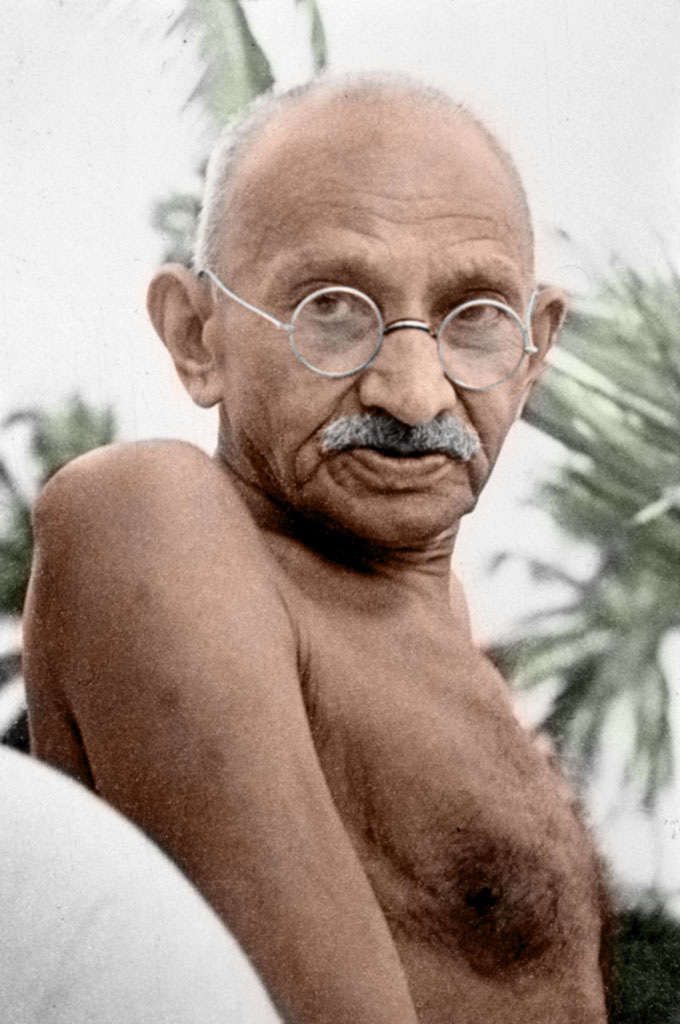Guwahati: Every year, Gandhi Jayanti sees social media awash with tributes, trending hashtags, and discussions about what Bapu stood for in today’s divided world. While most people remember the tragic events of 30 January 1948, when Nathuram Godse’s bullets ended Mahatma Gandhi’s life, few realize that the Father of the Nation had narrowly escaped death five times before that fateful day.
History almost reads like a political thriller: bombs, daggers, train derailments, and even a botched bombing attempt at Birla Bhavan. Yet, Gandhi, with his frail frame and serene smile, walked away from danger repeatedly, as if destiny had a timetable of its own.
Also Read: Akhil Gogoi begins indefinite sit-in, demands CBI probe into Zubeen’s death
Manuben Gandhi, in her memoir Last Glimpses of Bapu, recalled that it often seemed as though Gandhi had a premonition of the threats looming over him. These earlier attempts, largely forgotten, remind us of the frailty and resilience intertwined in the life of a man who changed a nation.
As the country pays homage today, the story of these near-death encounters adds another layer to our understanding of Gandhi—not just as a leader, but as a figure who seemed almost untouchable by fate until that tragic January evening in 1948.

